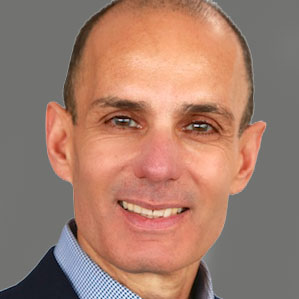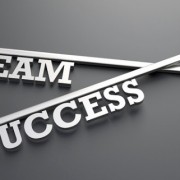Organizational politics at its worst
The real strength and health of an organization is tested in tough times. When things are good and there is plenty of money, resources and success to go around; people tend to be more content with what they have. They also seem to have more tolerance and “generosity” about other people’s success, including people who are doing even better than they are.
But – in times of turbulence and change, especially when organizational borders are being redefined or when there are significant work force or expense reductions and restructures, the true color of the organization is revealed.
Unfortunately, in so many cases, when this happens the political deadly claws and sharp teeth come out and then you can see the ugliness of organizations in full swing. People seem to become more selfish, they work in the dark to position themselves and their agendas, even at the expense of throwing others who, up to that moment were their friends and alias, under the bus. One of my HR clients expressed it as: “When the year is tough people fight internally instead of rallying together to fight our external enemies.”
In this scenario some people emerge as winners and others as losers. But the ultimate loss is for the organization as a whole. The overall team is robbed of the optimal outcome. The “winners” drive the agenda in a self-serving way, and eventually the “losers” get discouraged. They disengage when they realize that no one really cares about their view or the greater good of the organization. Key decisions are made only by those who will gain from them in the future. And, an entire pool of tribal knowledge, expertise and experience is being ignored, excluded or disenfranchised.
For example, a traditional hardware technology company acquired a new age software and services company in order to escape the commoditization of its legacy business and migrate into the higher value market. These two companies had very different business expertise, views and models. When it came time for integration, instead of planning and executing the integration together, the traditional hardware leaders kept dominating the discussions and swaying the decisions in their favor. Many of the acquired team members ended up leaving and while some of the acquiring leaders felt victorious because they secured senior positions in the new structure, things continued to be shaky for a long time and the company had to adjust the model several times. All this could have been avoided if the acquiring and acquired teams would have worked together to bring the best of both worlds for the good of the whole. I have seen this type of dynamic play out in similar ways in so many organizations.
When people do work together to come up with the best outcome and structure for the success of the entire company things are quite different. Everyone puts their personal agendas and egos aside. Instead, managers and employees put their best thinking forward to come up with a shared future state that best serves the next chapter of the organizational evolution.
Even the people who know that if they do the right thing for the company they would drive themselves out of a job would rather do that then look back in frustration and regret.
There is nothing people detest more than to feel that they and their colleagues cannot do, or haven’t done the right things for the good of the company because of the big, ugly political dynamic of their organization.
And, unfortunately this still happens too often in most organizations.










Leave a Reply
Want to join the discussion?Feel free to contribute!